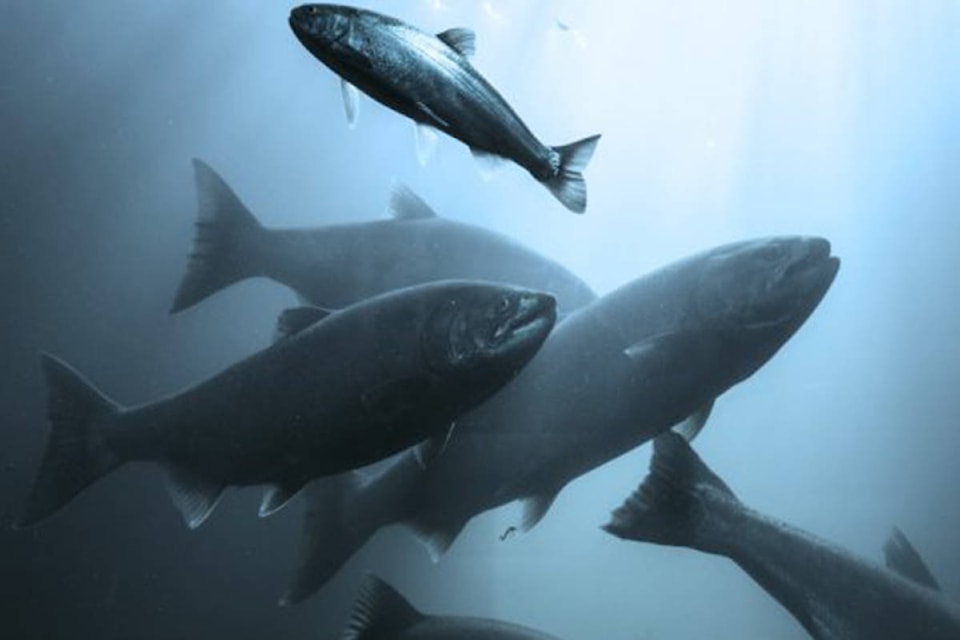A new national animal welfare code will give British Columbians the opportunity to let salmon farmers know how they can improve the quality of life for captive fish.
The National Farm Animal Care Council (NFACC) and the Canadian Aquaculture Industry Alliance have launched a public comment period for the country’s first Code of Practice for the Care and Handling of Farmed Salmonids.
Similar NFACC codes have long been in place for other, land-based farm animals but this will be the first for farmed fish. Once finalized, it is intended to promote sound management and welfare practices through recommendations and requirements for rearing, feeding, transportation and other animal husbandry practices.
The 14-person overseeing the process includes producers, animal welfare and enforcement representatives, researchers, veterinarians and government.
“The code development process helps diverse communities work together to improve the lives of farmed animals,” Leigh Gaffney, who represents World Animal Protection Canada on the Code Committee said.
“We hope to receive broad input from the general public, industry and other stakeholders to ensure this code improves fish welfare and reflects the values of Canadians.”
B.C. farms produced 87,300 tonnes of salmon for human consumption in 2018, supported 7,000 direct and indirect full-time jobs and contributed $1.5 billion to the provincial economy, according to figures released by the BC Salmon Farmers Association (BCFSA). B.C. government statistics also show farmed salmon is the province’s top food export, valued at $562 million in 2019.
Although it’s unclear how the code may impact operations, BCSFA spokesperson Shawn Hall said the industry welcomes the move.
“The humane care of animals on our farms is always a priority for BC salmon farmers,” he said. “Development of a standardized code of practice for that care will ensure Canadians can be confident their salmon has been raised with the highest standards.”
A 2019 NFACC across a variety of public, scientific and fisheries sectors, drew 706 respondents, 83 per cent of whom originated from B.C., who identified stocking density as the top concern for farmed fish.
READ MORE:
“Overcrowding and confinement of fish that have a natural history of being able to control their proximity to other fish, exercise, forage and live in a large home range is a major welfare concern,” wrote one respondent.
Other priority concerns include the impacts of sea lice and associated treatments, health monitoring and humane slaughter.
The Code Development Committee has spent nearly two years developing the draft Code.c comment period is a key step that will allow us to check our work with a broader representative group,” said Dr. Barry Milligan, a veterinarian and Chair of the Code Development Committee. “Welfare is an integral component of fish health and one that is increasingly being looked at both from the industry and from the public perspective.”
Producers, consumers, animal-welfare advocates and virtually any other stakeholder can view the draft code and provide feedback through a questionnaire by visiting the NFACC . A scientific report summarizing research conclusions on priority welfare topics, which aided discussions of the Code Development Committee, can also be found alongside the draft Code.
The public comment period opened Nov. 2 and closes Jan. 7, 2021, after which the committee will consider submissions and release the final code in the fall of 2021.
READ MORE:




